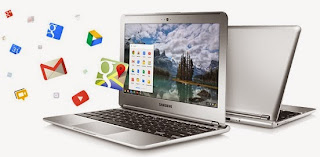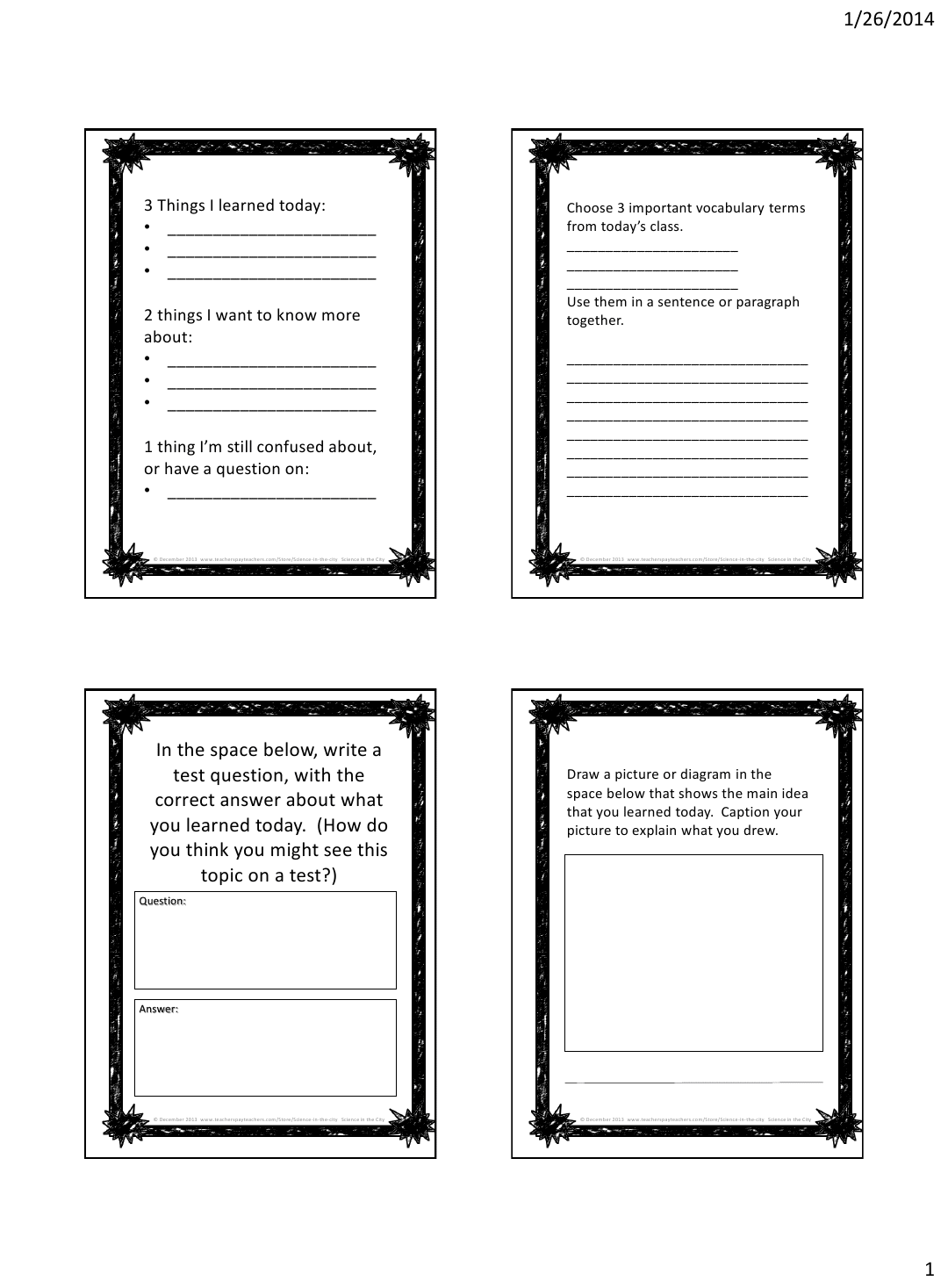- If you can, stagger that days when your classes have labs, so that you don't have to set up too many labs on the same day. I know it sounds great to do labs when they fit into the curriculum, but most of the time you can make it work. It is better for the students to have you be able to do it calmly than to be stressed out by trying to do a lab one day earlier or later. For example, maybe you do Biology labs Monday and Earth Science labs Tuesday. If you can't always structure it that much, at least try to have them fall on different days.
- If possible, maybe you can correlate the classes. For example, if one is an honors class, and one is a lower level class, maybe they can do different versions of the same lab. The set up might be the same, or similar, but you might ask for different analysis questions or more detail on their write ups. Maybe one is conceptual and one is quantitative. This can only work depending on the classes you have, but its worth mentioning. Really saved me when I had 5 lab science preps as a new teacher!
- If you can't, or you have labs that go more than one day, train your students, and use their help. The best way I have found to do that is to have the materials out in bins (dollar store dishpans work well) for one per table. You can set them up ahead of time, and they can quickly grab their materials, and put them back into the bin when they are done. You can either pass out one bin per table, or have them set up in one consistent spot where students can get their supplies.
- Another option that I have seen to is to have one counter where students from each lab group come through like an assembly line and get their materials.
- Leave a few minutes at the end of class for them to clean up. It seems like you want them to finish, but, I promise, it is worth training them and leaving them a few minutes to clean up. Make sure they do it before they leave and you will save your sanity.
- If you have to leave a lab out, have a designated place for them to put their materials. Don't less class end, and you and they are fumbling for where to put their things. If you have multiple preps, make those spots different and designated for each class. For example, maybe one class always leaves their things on the windowsill, and another class always leaves their things on a back counter or extra table. This will eliminate a lot of confusion. They know they shouldn't be touching materials belonging to the other class.
What else do you struggle with when having multiple labs? What other tips do you have to share? Please share in the comments!









































